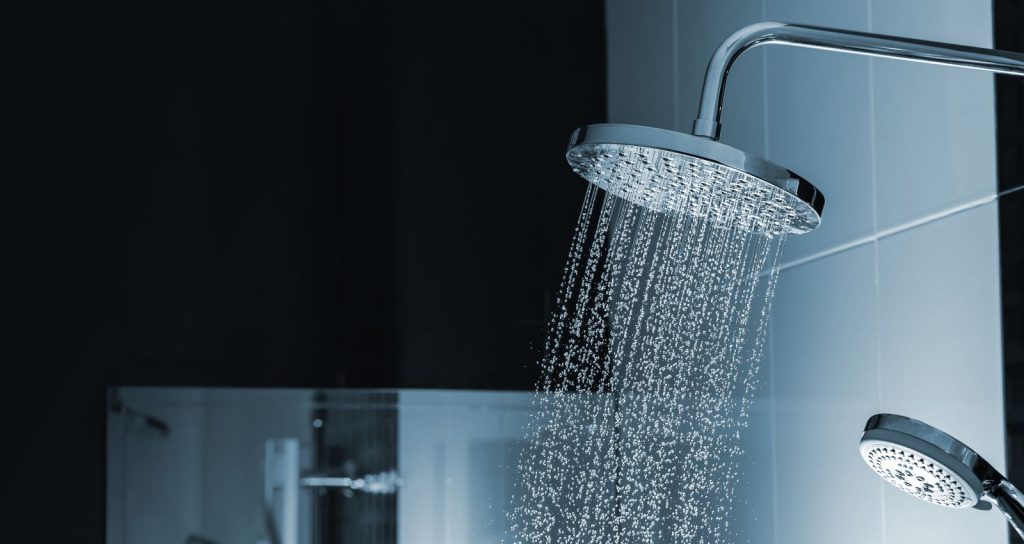Shower drains can start to smell for several common reasons. Luckily, most of the reasons your shower drain smells are pretty easy to fix.
By following these expert plumbing tips, you should be able to fix the problem with little trouble.
Clogged Strainer or Stopper
Most showers have a strainer or stopper built over or into their drains. These fixtures catch hair, soap scum, and other debris before it flows down your drain.
Over time, the gunk and grime may begin to accumulate. The most common shower drain smell is caused by the accumulated debris and shower runoff your strainer or stopper intercepted on its way down your drain.
Strainers are easy to remove. They typically have a single Phillips screw which can be easily removed with a small Phillips head screwdriver. Once you do, you will probably notice the buildup of hair, scum, and grease immediately after you pull out the strainer. Put on some gloves and use hot, soapy water, a sponge, or a bristle brush or old toothbrush to clean off the strainer. You should also clean out any scum left behind on the drainpipe where you removed the strainer before reinserting the strainer.
Cleaning the strainers in your showers is a task we recommend each Spring as part of your Spring cleaning regimen.
Mold or mildew growth
Mold and mildew grow in dark, wet places. When you take off your strainer/stopper (from above), check to make sure it’s seated correctly. While you’re at it, check to make sure the drain cover itself is sealed properly as well. If there’s any space between the drain cover and the tub or the strainer and the tub, the gaps are an ideal place for mold or mildew to grow.
Remove your drain cover and stopper and clean each with a mold and mildew removal solution. Be sure to spray down and clean out the underside and ring around the drain, as well. When you’re finished, make sure that your cover sits over your drain completely snugly. If you can’t get it to sit properly, then it has warped and you should replace it right away.
Dry p-trap
A “p-trap” is the curving portion of drain pipe that connects a fixture’s drain to the rest of your drain system. It’s called a “p-trap” because it curves in a distinctive p or u shape. The reason p-traps curve this way is to can catch and hold a portion of the water that drains through them. This water helps block any sewer gases that might otherwise float up through your pipes where you could smell them.
If you smell sewer gases or rotten eggs- your p-trap may not be doing its job. Remove your strainer and shine a flashlight down the drain. If you don’t see water, something could be wrong with the trap.
Pour two cups of water down your drain and wait an hour. If the water isn’t there in an hour, you may want to give us a call. This may be an indication of other more serious problems.
Whatever the source of the smell, we are happy to help. It’s a common problem that usually has an easy fix.

